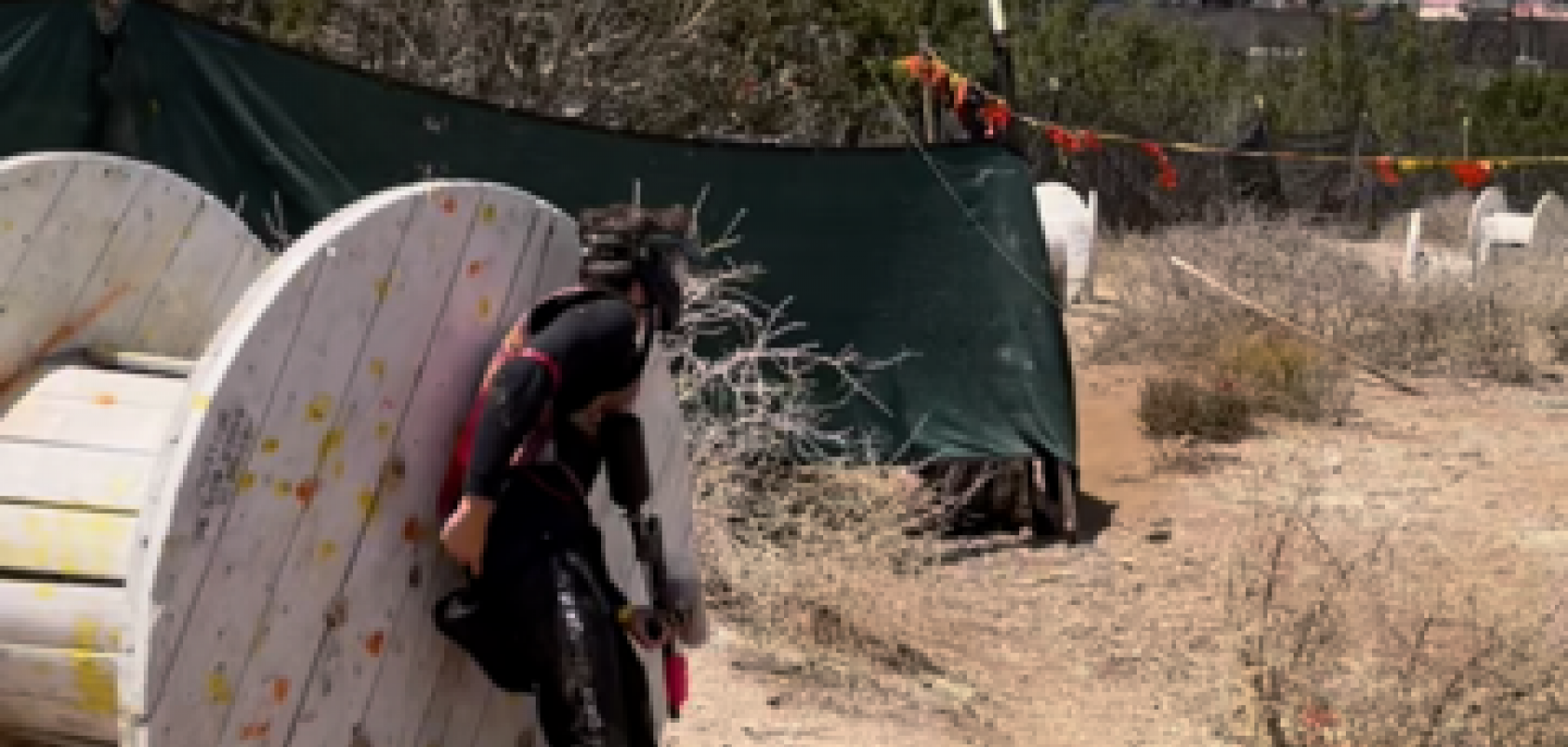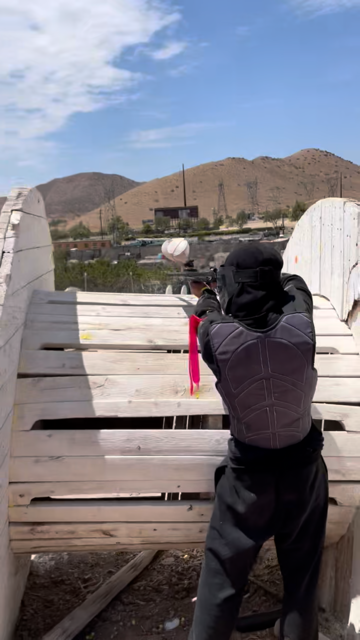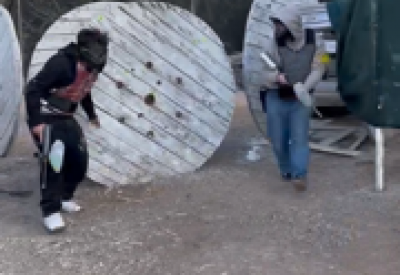How Paintballs are Made

How Paintballs are Made
Paintballs are encapsulated with the same kind of shell as a vitamin. Pharmaceutical companies that manufacturer vitamins and other items that require the encapsulation process already use this equipment in their factories. When the sport of paintball first started, most paintballs were encapsulated by these kinds of companies.
The paint filling was made at a separate facility, then sent to the encapsulation factory. They were separate operations. Before the sport became popular, this was a two-company process, due to the expense and maintenance of the encapsulating machinery.
By the year 2000, after paintball games gained popularity, dedicated companies that specialized in producing paintballs sprang up. Brass Eagle, R.P. Scherer, and Zap Paintball Manufacturers were some of the first.
The paint inside the paintball is nontoxic, biodegradable, water soluble and washes out of clothing. The paint is made of mineral oil, ethylene glycol, iodine and food coloring. The encapsulation material is made of gelatin.
Paintball USA uses good quality paintballs made by reputable manufacturers. https://www.paintballusa.org/
Paint fill factors.
- Biodegradable for the environment since games are played outdoors.
- Nontoxic to protect trees, plants and wildlife.
- Water soluble so rain will wash away the fill from the environment.
- Will not stain clothing or bunkers at paintball parks.
To make the capsules, two wide strips of soft gelatin is loaded into the encapsulating machinery. The strips move through counter rotating drums that are lined with pockets of dimples that form the paintball casing.
The gelatin is pushed into the dimples that form the paintball casing, where the gelatin is pushed into the dimple. The machine injects a measured amount of paint into the dimple and seals the two strips together.
The paintballs are put into a tumbling machine that cools and hardens them from their soft and warm form. They are shaken through the tumbler, spun, and dried to make them round.
The paintballs are placed on shelves after the tumbling process left in the air to dry. After the balls are completely dry, factory workers inspect them for indentions or paint leaks.
A further inspection checks for the exact weight and diameter measurement of each paintball. Some, but of course not all, are put through a drop test for brittleness. A paintball should burst when thrown on cement and not by touch, otherwise, it is to brittle.
The finished product is placed into plastic bags by a 500 count and sealed. Four bags of 500 paintballs fit into a case. Paintballs are sold by the bag and by the case.
Because paintball games are played outdoors in natural environments, they are specifically manufactured to be biodegradable. Both the paint and the gelatin dissolve in water, so the residue from broken paintballs washes away in the rain. If wildlife or a house pet eats the paint fill, it will not harm them.
Unlike water filled orbeez used in gelly ball blasters, paintballs are created from a more involved and costly process. People that own their own makers are encouraged to use high quality paintballs. https://www.paintballusa.org/about/paintball-facts









